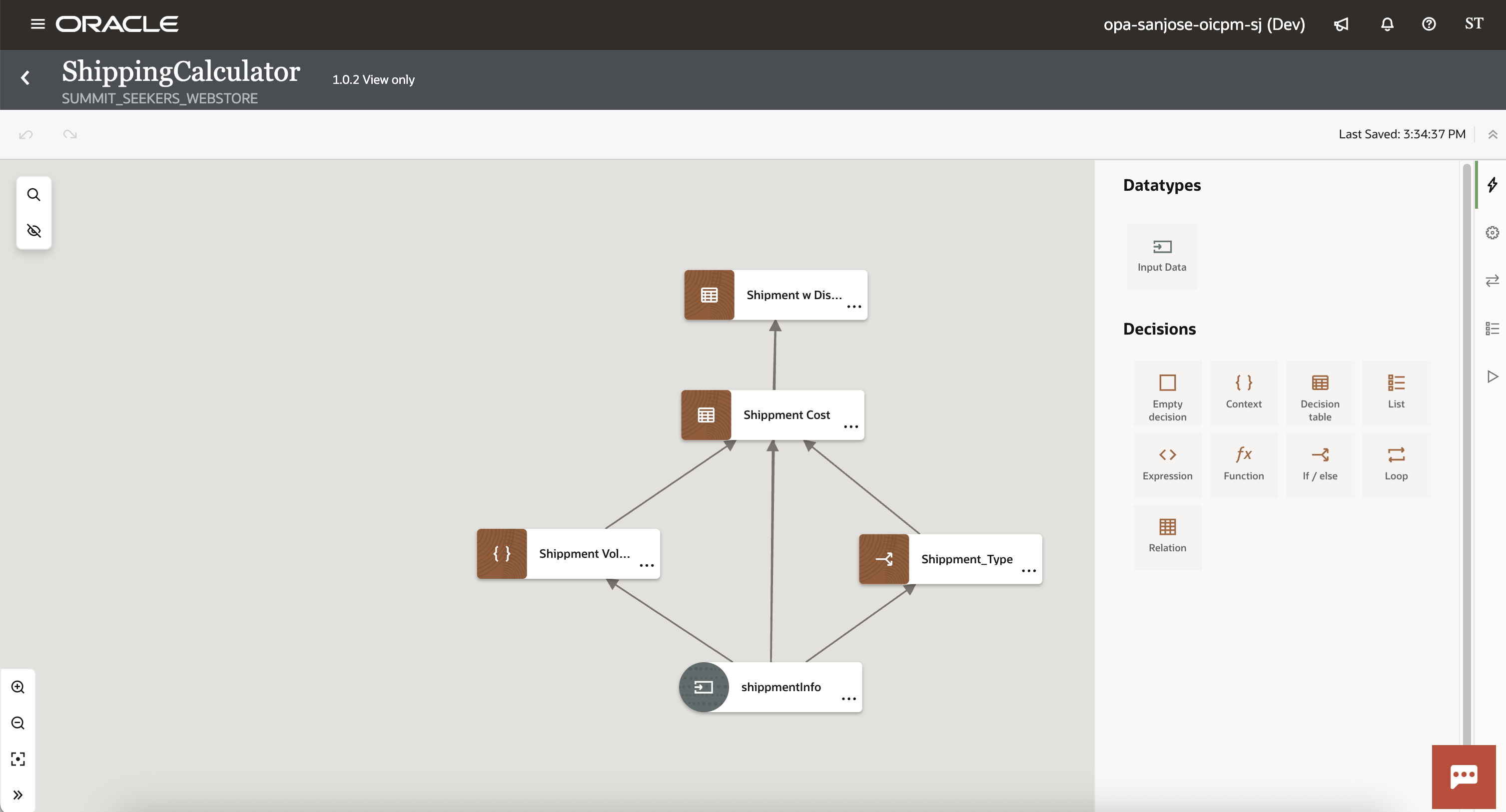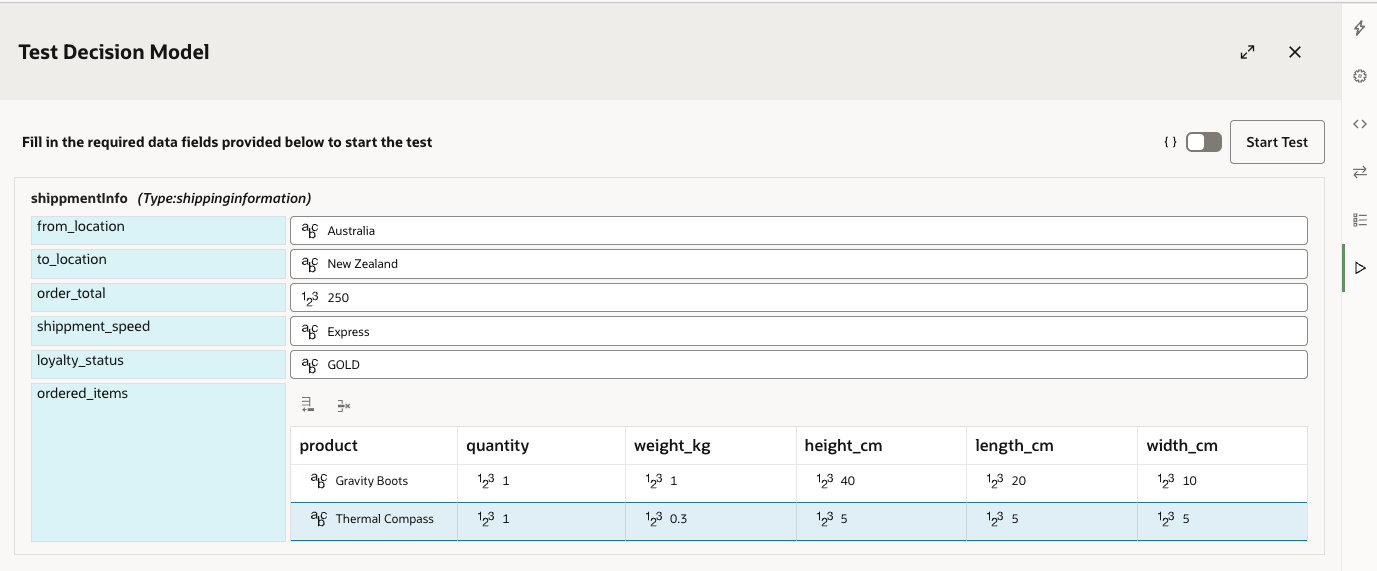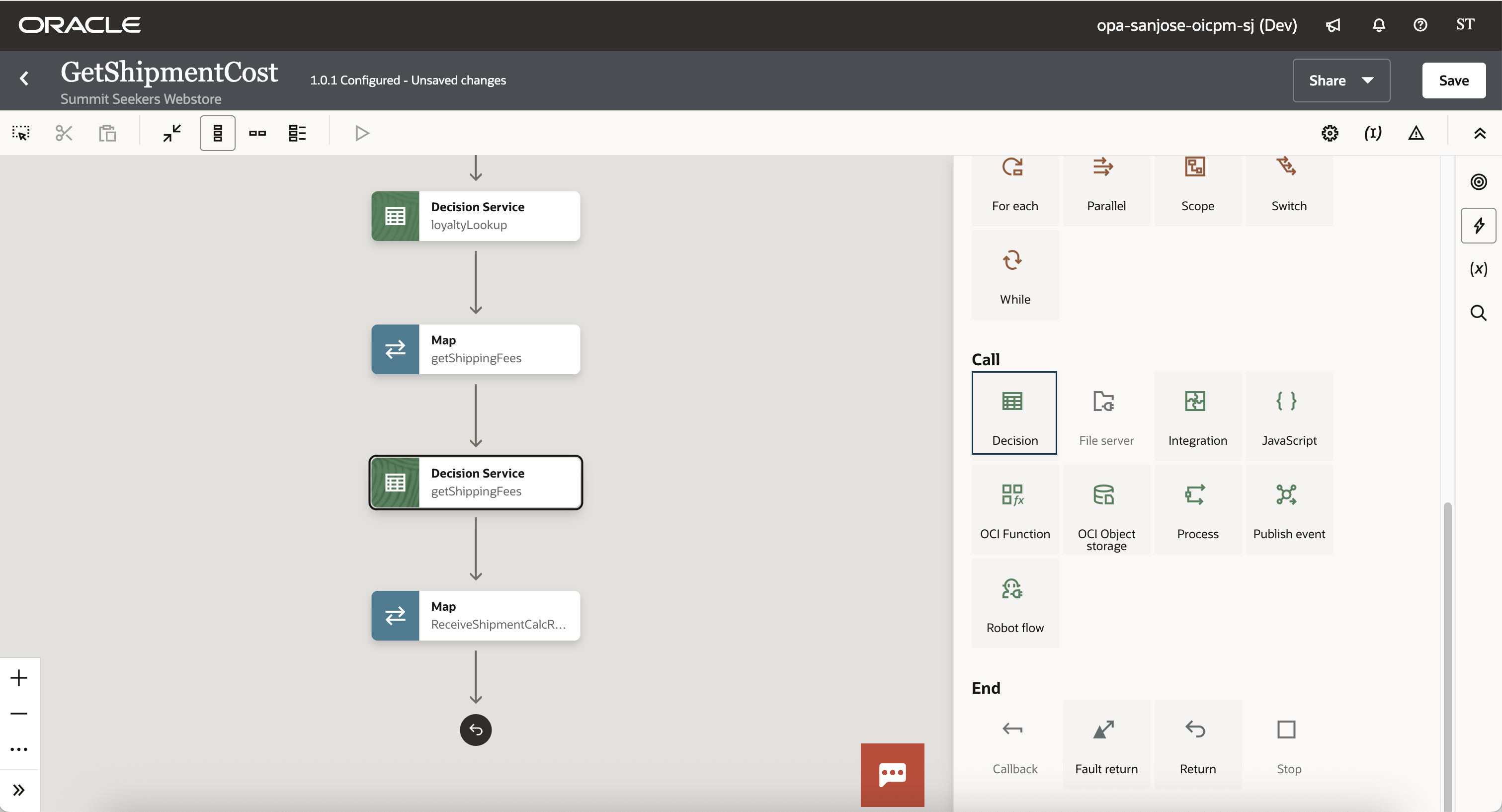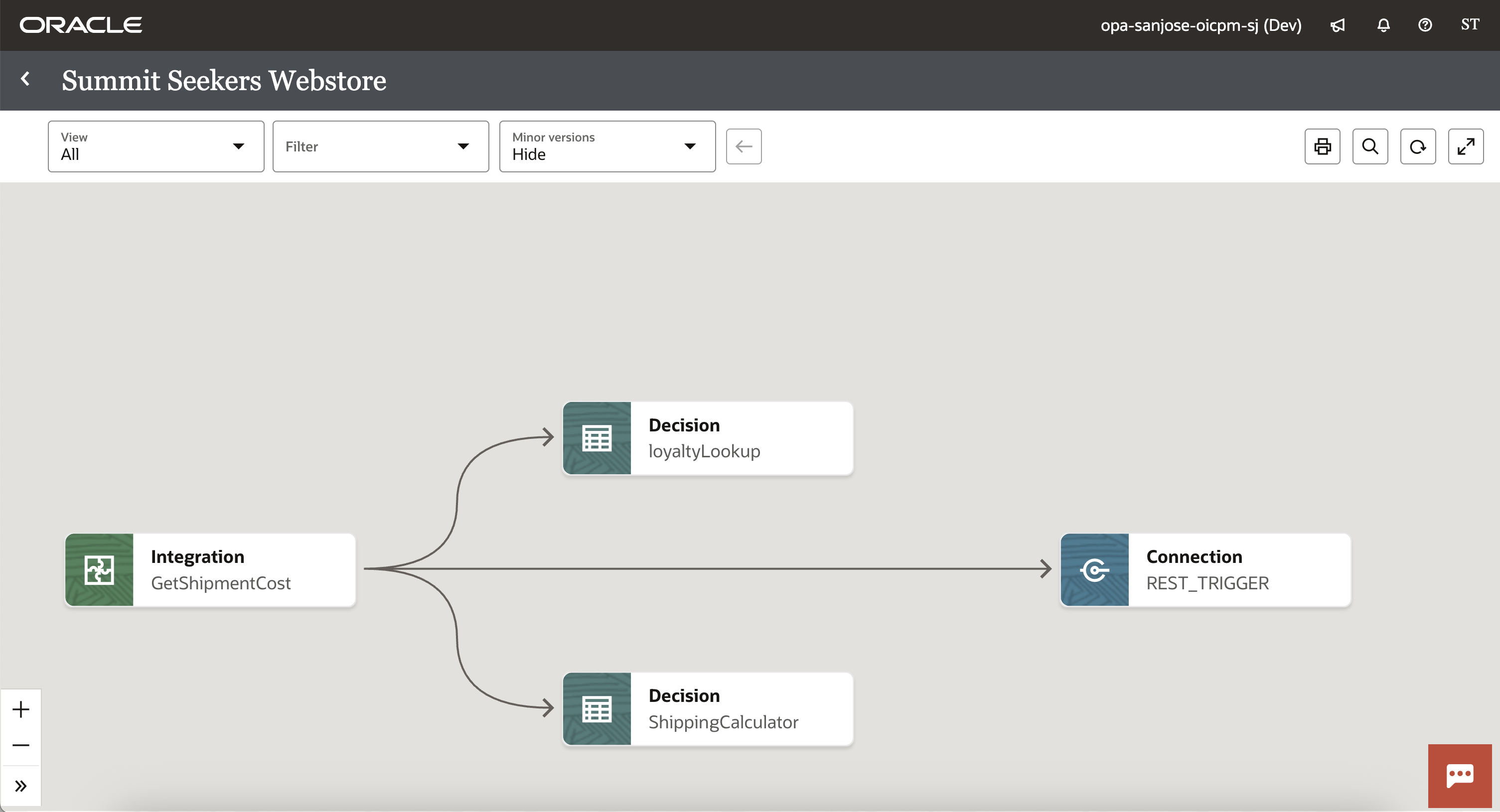Introducing Decisions in Oracle Integration
We’re excited to announce the addition of Decisions as a native capability within Oracle Integration Projects.
This powerful new technology enables organizations to centralize business rules and policy enforcement logic directly within the business automation platform — eliminating silos and accelerating time-to-market for critical business initiatives.
What Are Oracle Integration Decisions?
Decisions provide a structured way to define, manage, and automate business rules that determine outcomes such as eligibility, pricing, discounts, and compliance requirements. With this new capability, business analysts can create decision models using intuitive interfaces while IT teams can seamlessly incorporate these rules into broader automation solutions.
Why This Matters for Your Business
Organizations implementing complex business processes often struggle with scattered decision logic that’s difficult to maintain, update, and govern. By embedding Decisions directly into Oracle Integration, organizations can:
- Centralize decision rule management and governance across the enterprise
- Ensure uniform application of policies across all channels and touchpoints
- Decouple decision logic from application and integration code
- Accelerate business agility by enabling rapid policy updates without requiring extensive developer involvement
- Rapidly adapt to changing market conditions, company policies, or regulatory requirements
A Complete Business Automation Platform
With the addition of Decisions, Oracle Integration now delivers a comprehensive automation portfolio within its unified Projects experience:
- Application Integration: Eliminate data silos across enterprise systems
- Prebuilt Connectivity: Quickly connect to Oracle, third-party SaaS, and on-premises applications
- Business to Business (B2B): Automate partner transactions and processes
- Robotic Process Automation (RPA): Automate manual repetitive tasks
- Decisions: Centralize and automate business rules and policies
Oracle Integration Decisions
Oracle Integration Decisions are built and managed within solution-focused Projects, in the same context and under the same governance as other automation technologies.
This allows business users and IT to seamlessly collaborate when enforcing company policies:
Business analysts and subject matter experts can:
- Create visual decision models using industry standards
- Build based on easy-to-understand constructs such as decision tables that require no coding skills
- Test decision outcomes against sample data before deployment
- Update business rules without IT involvement when policies change
Application and integration developers can:
- Discover available decision services through a native integration action
- Easily incorporate business rules into any integration flow
- Maintain a level of separation between business logic and integration code
IT operations can:
- Deploy complete solutions with coordinated versioning across components
- Enforce Role-Based Access Control (RBAC) policies
- Identify and manage dependencies when changes are needed
- View and surface a transactional audit when needed
Functional Walkthrough
To define a decision, navigate to an Oracle Integration Project and select the new Decision technology. Here you will be able to create and manage decisions in the familiar project-based user experience.

Once you create a decision, you will be presented with the decision designer. Here you can create a decision diagram to visually represent your decision logic. This diagram allows you to define a flow or relationship between input data nodes and one or more decision nodes. A decision node can take the form of familiar and easy-to-understand constructs such as decision tables, if-then-else statements, or functions.

Once you model your business rules, you can quickly validate them with our in-built tester to ensure that they return the desired result. Once satisfied with the functional behavior of your decision, you can activate it to expose it as an API that can be discovered by integrations within your project.

Integration developers can now incorporate decision rules through a new native action that allows them to easily discover and invoke decisions. This allows integration developers to decouple business rules logic from their integration code and use the outcomes of decision rules to drive orchestration logic or the payload that must be sent to different systems.

If any changes need to be made to business logic, they can be done centrally in a new version of the decision model. Major/minor version concepts ensure that these changes can be rolled out in a controlled way that limits the impact to dependent artifacts. To determine which artifacts may be impacted by a change, refer to the dependency diagram that provides visibility into which automations depend on a specific decision rule version.

When you are ready to deploy an automation solution that consists of assets such as integrations, RPA bots, and decisions, use deployment profiles. Deployment profiles make it easy to select the correct automation components and versions needed to deploy a complete solution or only what’s required for an upgrade or patch. These deployment profiles streamline the process of promoting changes across development, test, and production environments.
Get Started Today!
The release of Oracle Integration Decisions is part of our continued commitment to providing a complete business automation platform that provides a comprehensive portfolio of business automation tools and technologies to help you integrate and automate your end-to-end business processes. Delivering Decisions as part of Oracle Integration Projects makes it possible to reap the benefits of using our unified platform to define and enforce company policies and regulatory compliance rules.
Visit our documentation to learn more about Oracle Integration Decisions.
